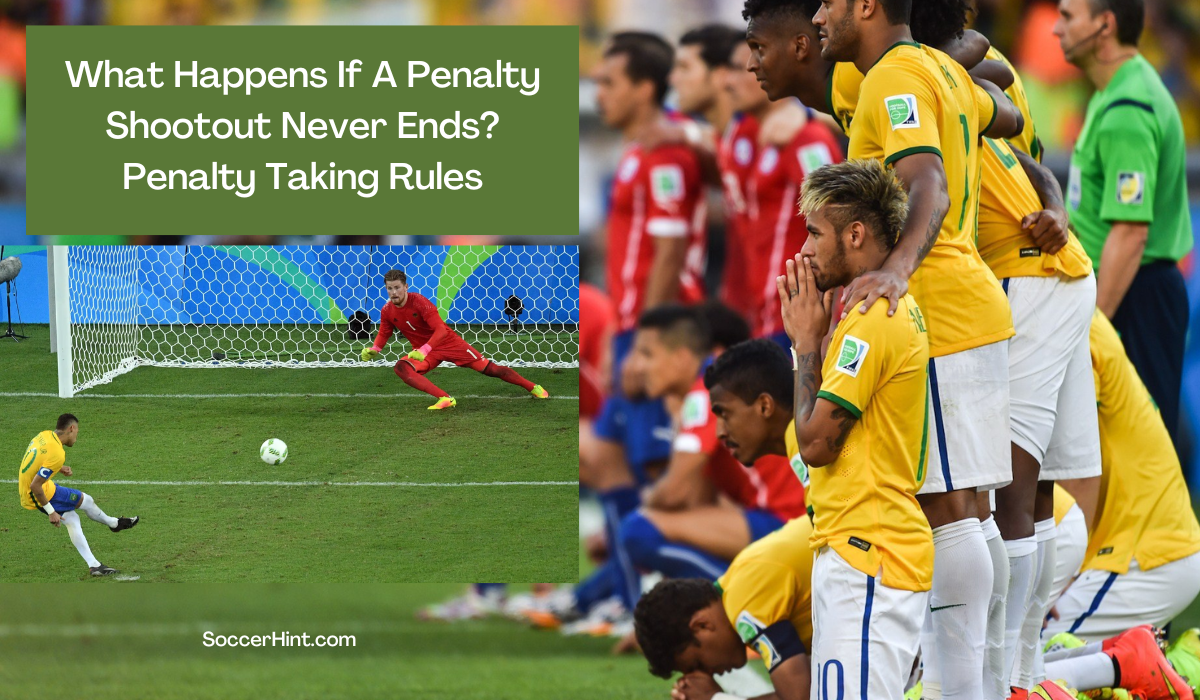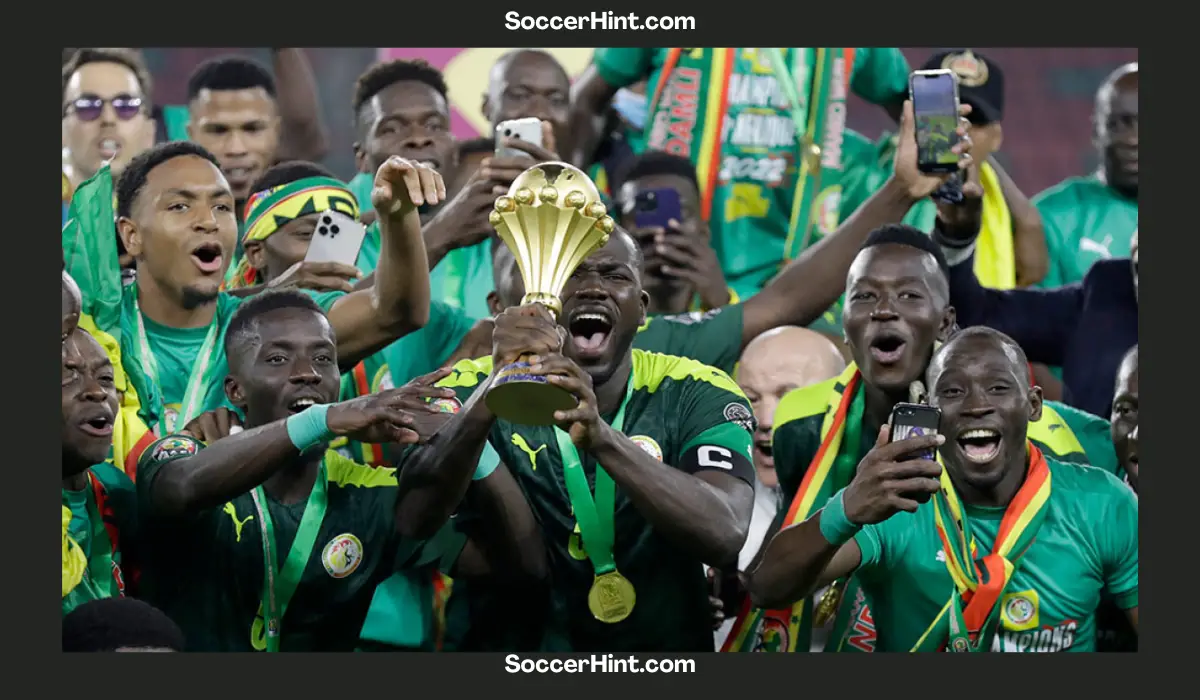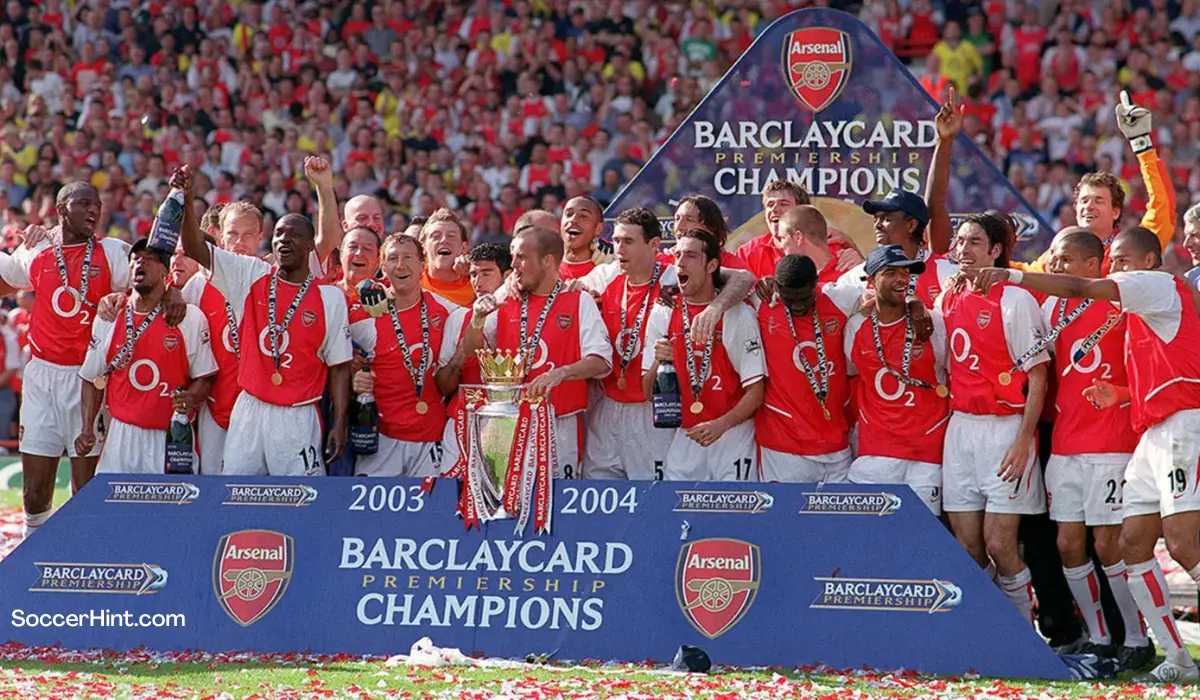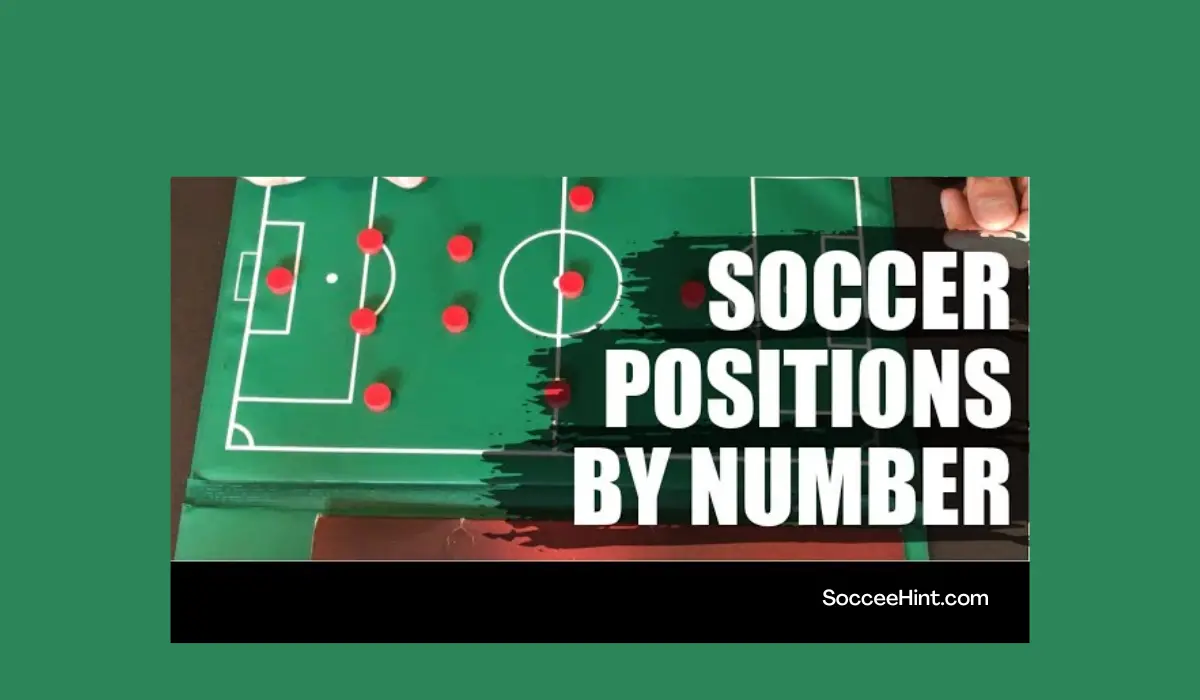In the world of football, when a match remains deadlocked even after extra time, a thrilling spectacle ensues: the penalty shootout. This method is employed to determine the victor among two teams, offering a tense showdown between the kicker and the goalkeeper. But imagine a scenario that defies the odds – a penalty shootout that never ends. The notion of an eternal back-and-forth raises intriguing questions about the rules, the players’ endurance, and the very nature of the game itself. To put this into perspective, consider the 2005 UEFA Champions League Final between AC Milan and Liverpool, a match that showcased the heart-pounding drama of a penalty shootout that seemed to stretch into the realm of the infinite. What happens if a penalty shootout never ends? The implications are both captivating and perplexing, and they reveal the intricacies behind the rules that govern the outcome of these high-stakes clashes.
Read Also: Understand Why The Champions League Is Very Popular
Penalty Shootout Rules Explained
A penalty shootout is a decisive phase in a football match that occurs when the regular 90-minute play and extra time fail to determine a winner. When two teams are deadlocked in a tie during knockout stages or critical matches, the penalty shootout is employed to break the deadlock and determine the winner.
Typical Rules of Penalty Shootouts
During a penalty shootout, the following rules generally apply:
- Five Penalty Kicks Each: Initially, each team takes turns to execute five penalty kicks. This alternation ensures fairness as both teams get equal opportunities to score.
- Alternating Turns: Teams alternate turns in taking penalty kicks. One team’s player takes a shot, followed by a player from the opposing team, and so on. This back-and-forth continues until both teams have completed their initial five kicks.
- Sudden Death: If the tie persists even after the first five kicks, the shootout transitions into a sudden-death format. In sudden death, teams take alternating penalty kicks, and the first team to miss while their opponent scores is declared the loser.
These rules make penalty shootouts a nail-biting experience, as each kick holds the potential to decide the fate of the match. While the initial set of five kicks provides a balanced chance for both teams, the sudden-death phase intensifies the pressure, magnifying the drama and uncertainty until a victor emerges.
Read Also: Why Penalty Takers Need To Be Brave
The Endless Shootout Scenario
Picture a football stadium bathed in the glow of floodlights, fans holding their breath with each kick, and the tension escalating as a penalty shootout unfolds. Now, imagine this scenario taking an unexpected turn – a penalty shootout that never ends. This surreal situation arises when both teams consistently convert their penalties, defying the odds by never missing the target.
In this captivating yet almost mythical scenario, each player steps up with unwavering precision, sending the ball into the net with astonishing accuracy. The goalkeeper dives valiantly, predicting the direction, but the shots are simply unstoppable. The crowd is torn between awe and disbelief as the shootout continues, seemingly without end.
Probability Challenges and Statistical Rarity
The concept of an endless shootout challenges the very nature of probability. The likelihood of multiple players converting penalties without any misses becomes incredibly slim, approaching near-impossibility. In reality, even the most skilled kickers and proficient goalkeepers can be affected by nerves, fatigue, and the unpredictable nature of the shootout.
Statistically, the chances of such an event unfolding are astronomical. Penalty shootouts involve not only the skill of the kicker but also the mind games between the kicker and the goalkeeper. Even the most composed players can falter under immense pressure. The human element introduces a level of unpredictability that defies the notion of perfect conversions.
While the endless shootout scenario sparks fascination, it remains firmly in the realm of improbability. The statistical challenges, coupled with the psychological and physical aspects of the game, combine to create an enchanting yet distant possibility. As captivating as the idea may be, the reality of a shootout that never ends remains a tantalizing mystery – a testament to the unique blend of skill, chance, and emotion that defines football’s penalty shootouts.
Conclusion
In the heart-pounding world of football, where matches are often decided by inches and split-second decisions, the concept of a penalty shootout that never ends stands as an embodiment of both fascination and improbability. The scenario triggers our imaginations and challenges the boundaries of statistical likelihood, yet it remains a distant spectre in the realm of possibilities.
While the question “What happens if a penalty shootout never ends?” sparks curiosity, it is the very essence of uncertainty that makes football a captivating sport. The combination of nerve-wracking penalties, unwavering goalkeepers, and the human element of pressure ensures that the infinite shootout remains a tantalizing fantasy.
While the likelihood of such an event is exceedingly rare, it is this very rarity that underscores the beauty of football – a sport where the unexpected thrives. The joy, heartache, and exhilaration associated with each match are grounded in the knowledge that even the most unpredictable scenarios, like an endless shootout, contribute to the magic that makes football a global obsession.
In the end, the allure of the “What happens if a penalty shootout never ends” question is a testament to the boundless appeal of the sport, reminding us that in football, as in life, it’s often the questions that capture our imagination that reveal the most about the intricacies of the game.





